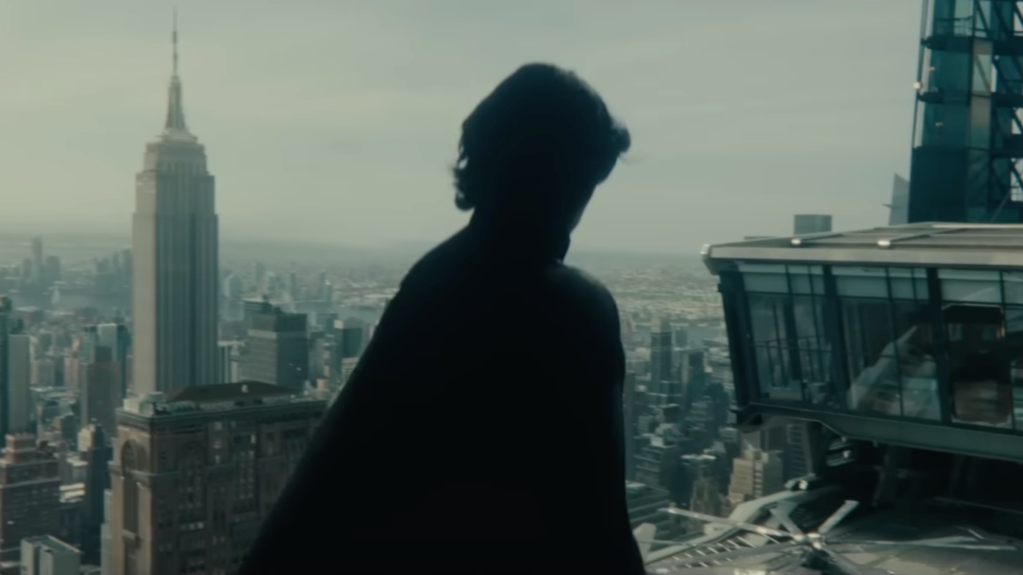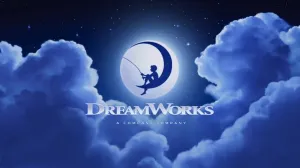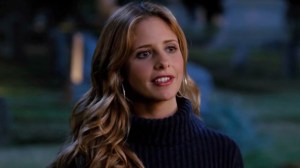One of the biggest new additions to the Marvel Cinematic Universe in the latest hit, Thunderbolts*, is Bob Reynolds. The meek and timid character is introduced to the wise-cracking group of anti-heroes early on in their journey and becomes a major force in the latest film of the MCU. Known as the Sentry in his superhero alter-ego, Bob has become the MVP of the critically acclaimed film, and this is no accident. Recently, we here at ComicBook.com had the chance to chat with Sentry creator Paul Jenkins about how Bob and the villain the Void were created in the year 2000 and the work the writer did for Marvel Studios in bringing him to the screen.
Videos by ComicBook.com
To start, Jenkins discussed how the Sentry was originally pitched as a story for a famous DC character, Hourman, who has had a long history in the comic world with the superteam known as the Justice Society of America, “That first series I had created years before its release, I had pitched it as the Hourman for DC because I was writing Hellblazer at the time and I was looking for other things to write, other things to pitch them. I didn’t know a lot about comics and that is a benefit to my work, it allows me to get to these characters and interpret them from a new perspective. I’m not weighed under the continuity. I pitched Hourman and I thought, because he takes a pill to give himself superpowers, this is the perfect story about addiction.”
“Ultimately, this didn’t fly at DC and my editor at the time suggested I just create a new character. So what you see in The Sentry #1 is the exact same for Marvel what it was for DC. Years go by and DC said no and then I went to Marvel then back to DC and nothing. When I won an Eisner for the Inhumans, they said that I could choose my characters and do what I wanted with them. I asked artist Jae Lee if he wanted to work on the Sentry and he said he’d love to. I had written it as this contained story and then I got a call from Brian Michael Bendis.”
[RELATED: Sentry Recasting Addressed by Thunderbolts* Director (& What It Meant for the Film)]
The Sentry Lives

For those who need a refresher, Brian Michael Bendis was a writer for Marvel Comics who has come up with plenty of characters and storylines that have become a part of the MCU. Miles Morales, Secret Invasion, Ironheart, Maria Hill, and Ronin are just a few examples of the big heroes and arcs brought into the Marvel Cinematic Universe, and when he originally created the team, The New Avengers, he was responsible for bringing the Sentry back from the “grave” as Jenkins describes.
“Brian wanted to do Avengers a particular way and he wanted to use good new characters for the team but was told, ‘there aren’t any good new characters.’ Brian thought this was rubbish and he thought of the Sentry as someone to be added to the New Avengers. He created a storyline that not only brought back Bob but it placed me in the storyline as a meta-narrative. This worked well for the Sentry in general because that character is a commentary on our fragile mental health. The conceit was that because of his duality he becomes both the perfect ‘Superman’ but also the murderous Void, and we put forward the premise where whoever he saves, the Void kills that many people. There’s no way for him to get past that.”
The Movie Mentality of the Golden Guardian

Jenkins played a big role as a script consultant on Marvel’s Thunderbolts*, working in tandem with film director Jake Schrier on Bob’s character, warts and all, “I was very lucky that as a consultant, in this case, I was introduced to Jake the director and we really hit it off. I told him, ‘I think the Sentry can be for people with mental health challenges what the Black Panther could be for people of color.’ I lose count of the amount of people who write to me, thanking me for the Sentry as they say ‘that’s my character, I suffer from depression and mental health issues myself.’ Frankly, if you’re not struggling with your mental health, you probably know someone who is, it affects all of us.”
Paul discussed how he was hoping to shape Bob for the critically acclaimed MCU movie, “I told Jake that I have a diagnosis for this character, what the Sentry means and that it’s very important for him to represent the struggle that anyone has with mental health. In a society where people can be so angry and their mental health on the edge, Jake and the other creators really took my input to heart. During the premiere for the movie, Jake was the first one to call me over to talk with him and Lewis Pullman about what I thought and this showed that he really cared about what I thought as the Sentry’s creator.”
Thunderbolts* is now available in theaters.








